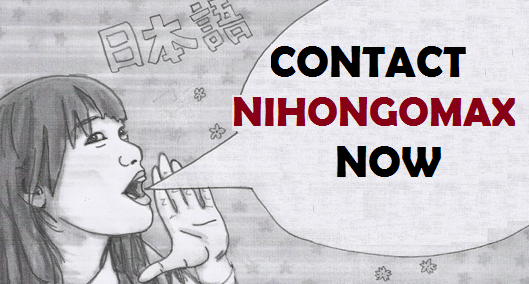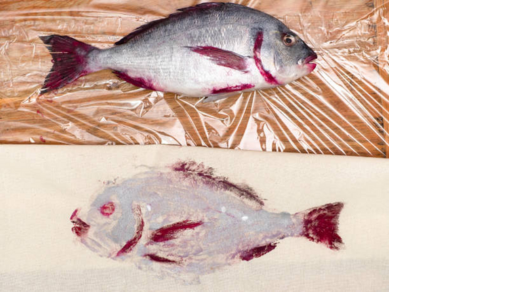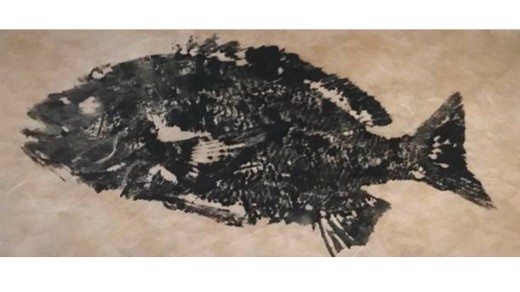


In this post we will be exploring a very important traditional art form of Japan called Gyotaku. Japanese culture is rich with various important traditions and arts, and Gyotaku is one of them. It is the traditional art of Japanese fish printing. We will explore deeply what exactly Gyotaku is, why it is important, its history and present day scenario. So, let's explore together!
So, Gyotaku is the process of printing a fish onto paper. Back in times when fishermen would catch a good fish they would want to record their achievement in some way. For that, Gyotaku developed and flourished. In Gyotaku, a fish print is made with the help of sumi ink, washi paper and skills. During the 1800s, this art became very popular among fishermen. More and more people would learn this art by trial and error and find pride in recording their wins.
The Gyotaku method can be direct or indirect. In the direct method, a freshly caught fish is cleaned and carefully inked with the sumi ink. And then the washi paper is nicely pressed onto the fish to create the print. After that either fish can be sent back to the waters or ink is cleaned and the fish is sold in the market.
In the indirect method, the fish is paper or cloth is pasted to the fish and then ink is carefully applied on top of that surface. This method is more time consuming and laborious but it creates more detailed and beautiful prints.

In most cases a Gyotaku print is in grayscale. And is made using black ink on a white paper. But some artists use different colours to enhance the print even more. This makes the print appear more life-like. But it depends on artists whether they want to colour it or not because the grayscale has its own charm as a Gyotaku print.
After the print is made, the artist draws the eyes on the fish to make it appear nicer. Then the artist takes an impression of a seal on the paper that has the artist’s name on it. This way the final Gyotaku print is completed.

Earlier the main use of a Gyotaku print is to keep a record of all the great fishes or sea creatures that were caught by the fisherman. Then with time new fishermen started to keep these prints at their places to bring good luck and prosperity in their lives.
Gyotaku prints are also used to understand and teach basic anatomy and important information about fishes. The prints helps people/children learn about the fishes in a more engaged way.
Gyotaku art is still very much alive in Japan and continues to be popular even in the modern times with all this technology. A lot of tourists can visit places that offer Gyotaku printing experience while travelling to Japan.
Videos for your reference: 1. Gyotaku Fish Printing 2. Gyotaku by Ted-Ed
For more such fun articles you can check out our blog.